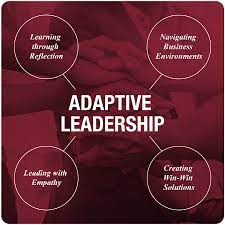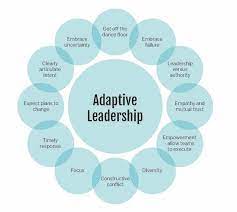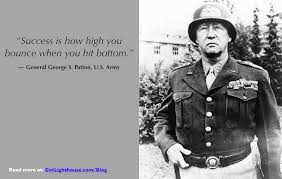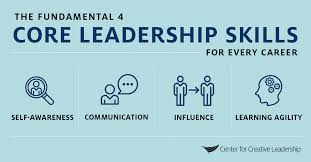8 Leadership Strategies You Can Learn From Adaptive Leaders
There’s no one-size-fits-all approach to leadership, but there are certain strategies that all adaptive leaders share. If you’re looking to become a more effective leader, here are eight leadership strategies you can learn from adaptive leaders:
1. Be open to change.
Adaptive leaders are always open to new ideas and ways of doing things. They’re constantly learning and tweaking their approach based on what’s working (and not working). This flexibility allows them to quickly adapt to changes in their environment and keep their team moving forward.
2. Encourage input from others.
Adaptive leaders know that they don’t have all the answers. That’s why they encourage input from their team members, clients, and other stakeholders. By soliciting feedback, they can get a better understanding of the situation and make more informed decisions.
3. Make decisions quickly.
Decisions need to be made quickly and efficiently in today’s ever-changing business landscape. Adaptive leaders are able to make decisions swiftly without overthinking or second-guessing themselves. This confidence allows them to maintain momentum and avoid stagnation.
4. Be comfortable with uncertainty.
Leading an organization is never going to be 100% predictable – there will always be some element of uncertainty. Adaptive leaders are comfortable with this reality and embrace it as part of the journey. Instead of being paralyzed by indecision, they use it as fuel for creativity and innovation.

adaptive leadership theory
In adaptive leadership theory, leaders are focused on change and adaptability. They strive to create an environment where people feel comfortable taking risks and experimenting. This allows them to be open to new ideas and ways of doing things.
Leaders who embrace adaptive leadership theory believe that change is constant and that the only way to survive and thrive is to be constantly adapting. They are comfortable with ambiguity and uncertainty and see these as opportunities for growth.
Adaptive leaders are able to create a shared vision and a sense of purpose among their team. They know how to motivate people to work towards common goals. And, they have the ability to build trust and relationships of mutual respect.
If you want to learn more about adaptive leadership theory, there are a few key strategies you can adopt:
1. Be open to change.
2. Be comfortable with ambiguity and uncertainty.
3. Create a shared vision and a sense of purpose.
4. Motivate people to work towards common goals.
5. Build trust and relationships of mutual respect
behavior theory leadership can be adaptive.
Behavior theory leadership can be adaptive because it focuses on understanding and changing behavior. This type of leadership is based on the premise that all behavior is learned and that it can be changed. Behavior theory leaders believe that people are not born with certain behaviors, but that they learn them through their experiences.
Behavior theory leaders work to create a positive environment where people can learn new behaviors. They also work to identify the reinforcing factors that reinforce desired behaviors. By doing this, they can help people to change their behavior in a way that is more likely to lead to success.
Some of the strategies that behavior theory leaders use to create a positive learning environment include:
• Providing clear expectations: When people know what is expected of them, they are more likely to meet those expectations.
• Giving feedback: Feedback helps people to understand how their behavior is affecting others and whether or not they are meeting expectations.
• Encouraging practice: Practice makes perfect! By giving people opportunities to practice desired behaviors, they are more likely to master them.
• Modeling desired behavior: People learn best by observing and imitating those around them. As a leader, you can model the behavior you want to see in your team members.
• Rewarding desired behavior: Reinforcing desired behaviors with rewards will help to increase the likelihood that those behaviors will continue.






